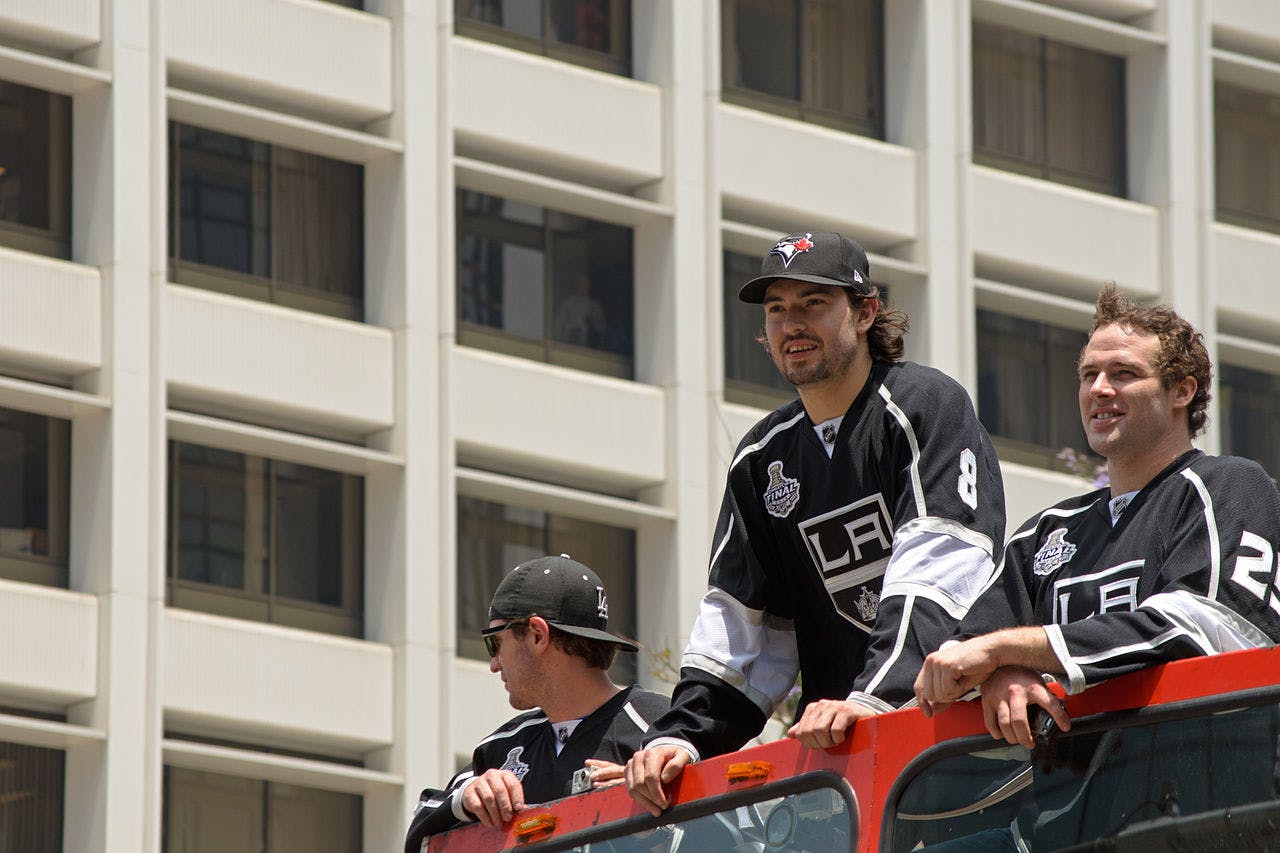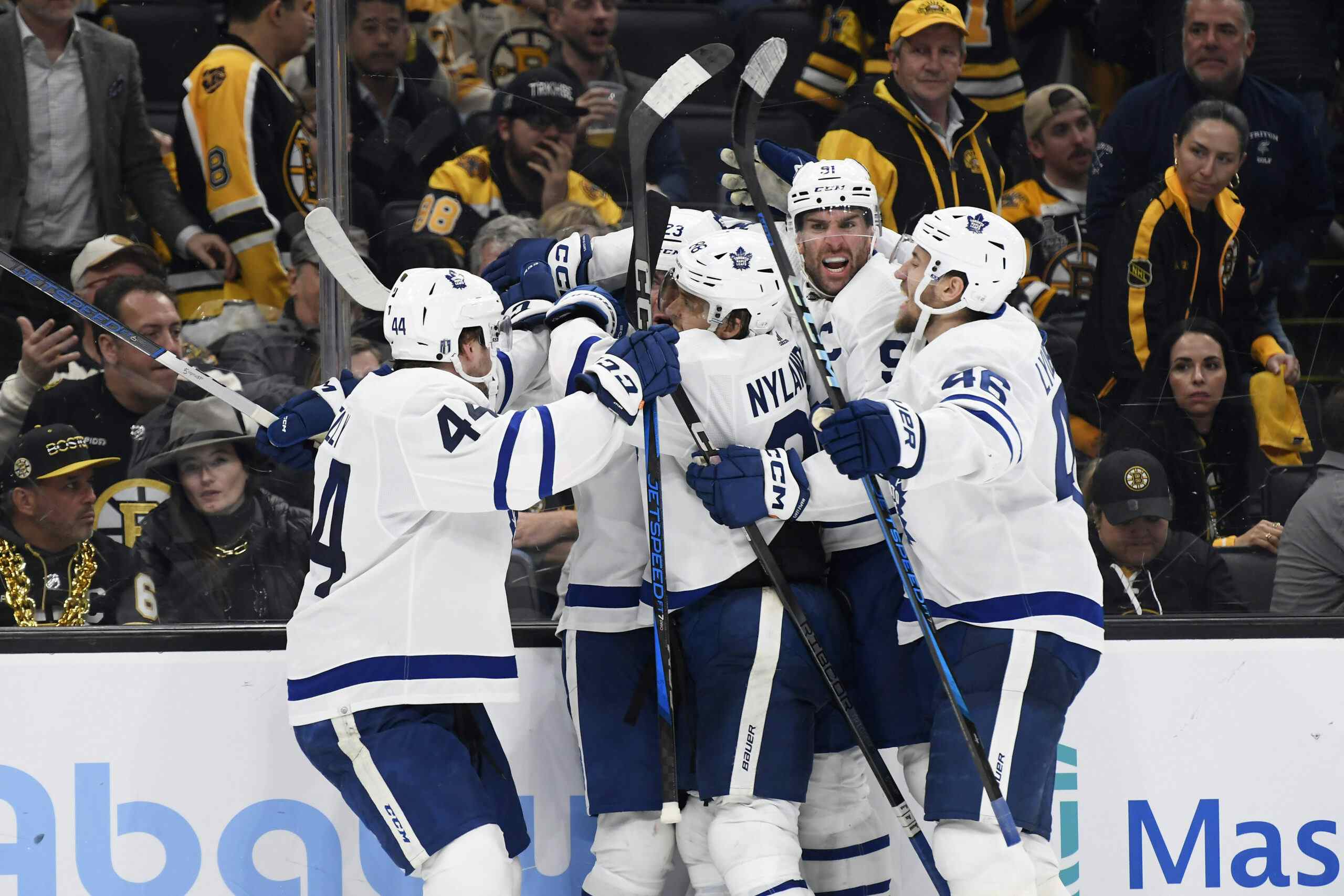Should the Leafs bother with going all-in for a top defenceman?

For the most part, the Toronto Maple Leafs have a full-up roster, three months before the start of the season. It’s a good problem to have; they’ll have to make some tough decisions, mostly up front, but it’s pretty safe to say that they have one of the best forward cores in the league, an above-average starting goaltender and that one of their two options as a backup should be serviceable.
This leaves people fixated on the core of defencemen that the team currently employs. Heading into next season, we’re safe to assume that Morgan Rielly, Nikita Zaitsev, Jake Gardiner, Connor Carrick, Ron Hainsey, and… someone will man the point for the team on a regular basis. Martin Marincin and Alexey Marchenko sit next behind them on the depth chart, and Travis Dermott, Calle Rosen, and a few others are going to be fighting for their way up. It’s a lot of depth, but many will tell you that they’re one big piece short of being able to keep up with the big boys.
I’m a little more optimistic about it than most; throughout the season I was an advocate of differential over defence, and I think that Hainsey and the Mystery Box are probably going to be upgrades over Matt Hunwick and Roman Polak and that the additions of Patrick Marleau and Dominic Moore up front will be upgrades in defensive play, mobility, and ability to improve penalty differential over the players they’ll be replacing.
But let’s say that the Leafs want to add one more piece. Many are looking towards players that will be foundational, long-term members of the organization for years to come. They’re looking for their Erik Karlsson, Victor Hedman, Duncan Keith, Drew Doughty-like anchor. It’s understandable, but is doing so that crucial?
After all, loading your salary up on a top pair will only lead to being unable to afford to consistently afford quality depth; having to rely on players with entry-level deals or hoping to hit the short-term risk/reward jackpot in free agency every year. This is especially the case when you’re a team that has a surplus of top end forwards that will need to be paid; building with the “Big Three” nucleus is fine, but once you start spilling into four, five, six, you’ll start to feel the bind in later years.
After all, since we brought up entry-level deals, there seems to be a very real chance that Timothy Liljegren is a player of substance, and if his upside is what one hopes and his development curve keeps him out of the league for two more years, you’ll have a heck of a cost-effective defenceman between 19/20 to 21/22. Not to mention the plethora of maybes that are also hanging out near the bottom of the chart.
It’s not really a pressing need; particularly when you look at the five already in place. It’s more of a lust for one more superstar because a team having one of those guys is something that we’ve associated with success, even if it’s not the sole driver or pathway. So why try to draw blood out of a stoney market, where “decent” is enough to get you a premium return on a defenceman, especially if they play on the right side like the Leafs are currently seeking?
What might make more sense, for now, is to look at players who are getting closer to the end of their contracts and are maybe a bit older in age.
Next year’s free agent market includes players Mike Green (Detroit), John Carlson (Washington), Tobias Enstrom (Winnipeg), and Dan Hamhuis (Dallas). I’d bet that a guy like Green would be available right now, with the others being contingent on either what return the other side could get for the immediate, or how they start their seasons.
A year forward, you’ll find Ryan Ellis (Nashville), Tyler Myers (Winnipeg), and Jay Bouwmeester (St. Louis) hiding behind some of the monster names (Doughty, Ekman-Larsson, and Stralman). You’re still probably giving up assets that are closer to substantial with an extra year secured, and none of the names from the last two paragraphs are flat out superstars, but they’d be able to take some of the load off of the first two pairs and help whoever their partner is run one of the league’s better third pairs.
Either way, it’ll cost less. You might even be able to use some of your expendables as part the package at this tier, rather than having to ship out a bevy of high picks and good prospects. Buying yourself that time allows you to keep building up the forward core up, gives you a chance to see if you’ve already got the piece you’re looking for in Liljegren or somebody else, and, if all else fails, you can swing for one of those big-name free agents or make an aggressive trade if it’s still necessary.
Perhaps that’s the more important thing for now; to find a balance. You can already see that happening up front with the Leafs’ efforts to ensure all four forward lines are able to play at full speeds, and in getting a player like Hainsey who, while not a superstar, survives while playing the tough minutes and thrives when sheltered.
In a 60 minute game, building a 20-man roster that will keep opponents on their toes from start to finish is going to have a bigger impact than hoping that your best five or six players can pull off magic every night, so until the market subsides a bit, making sure the team is deep is probably more efficient than making it top-heavy.
Recent articles from Jeff Veillette





